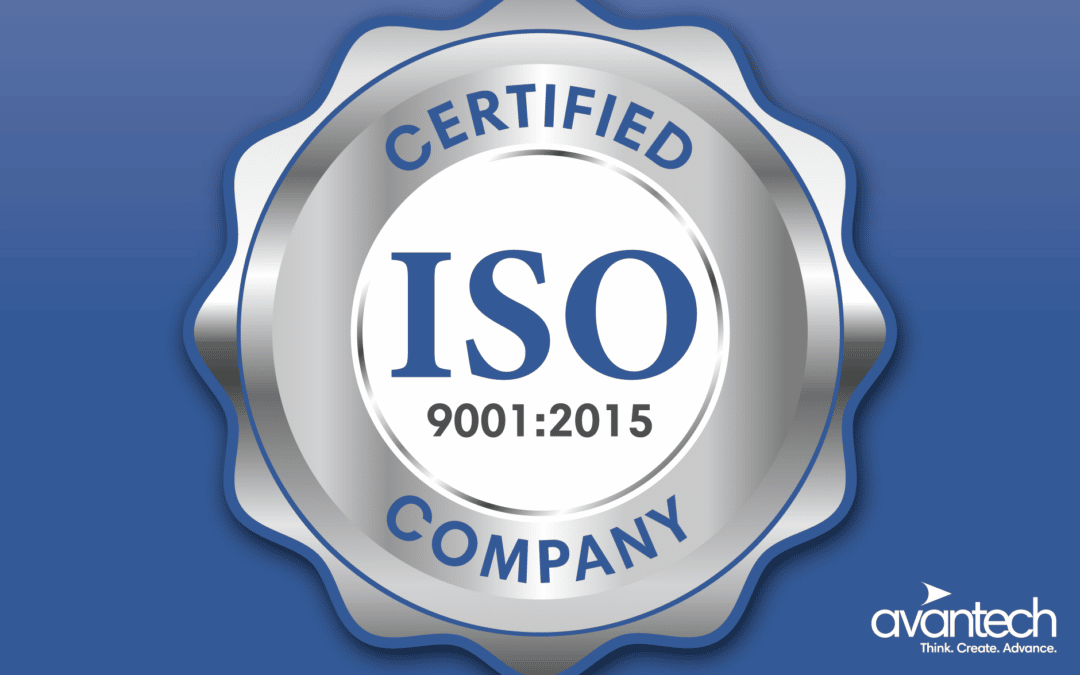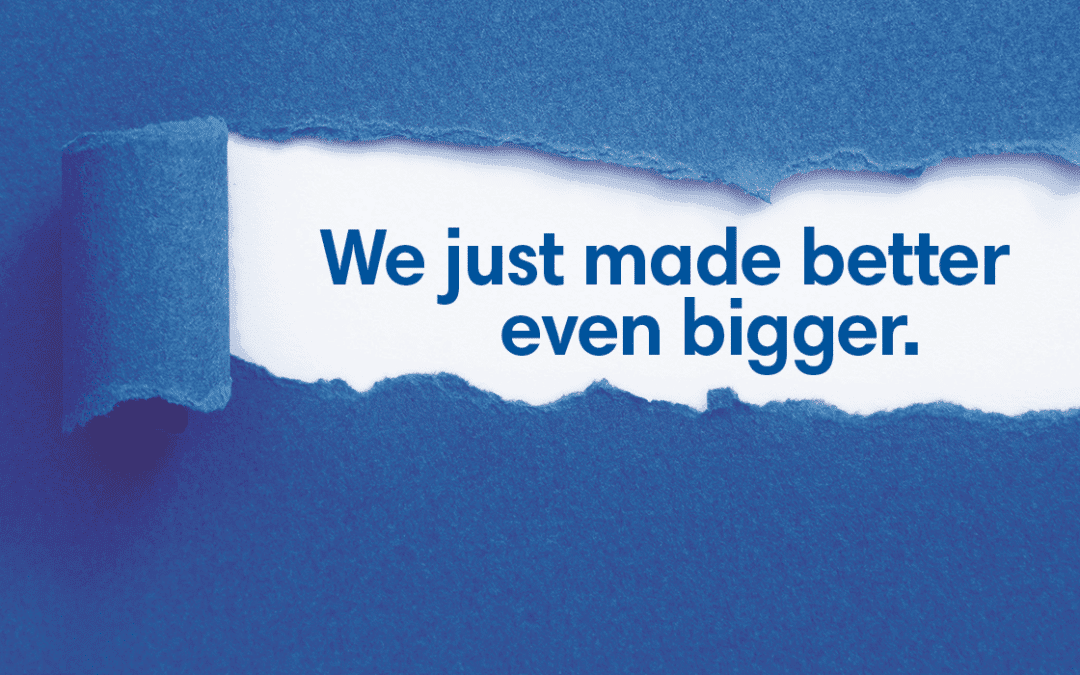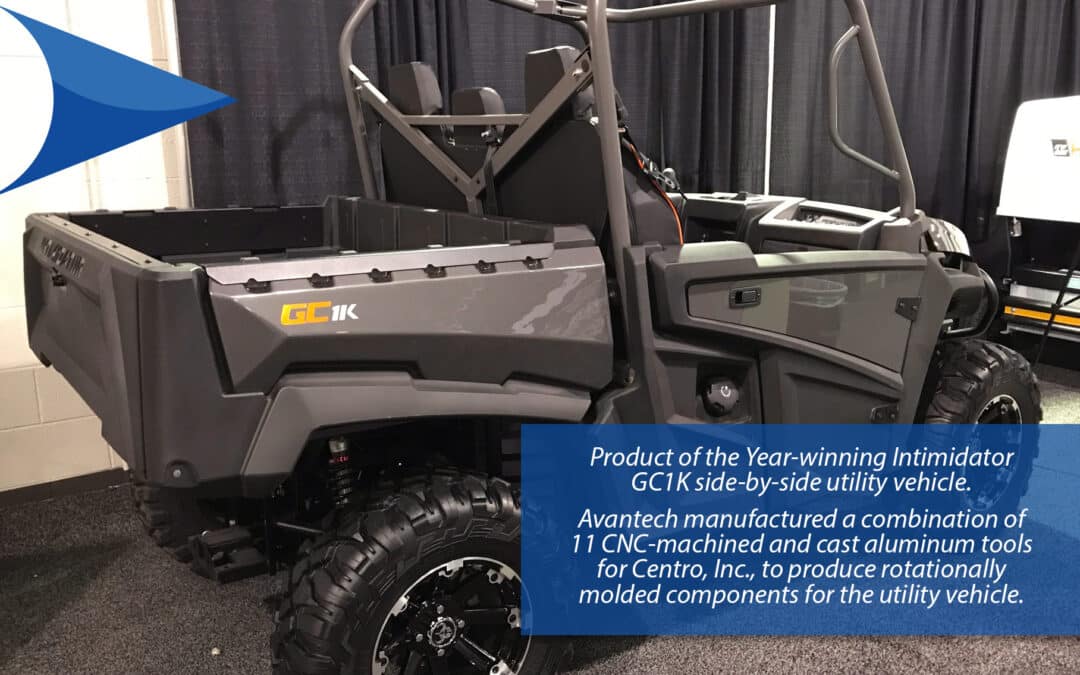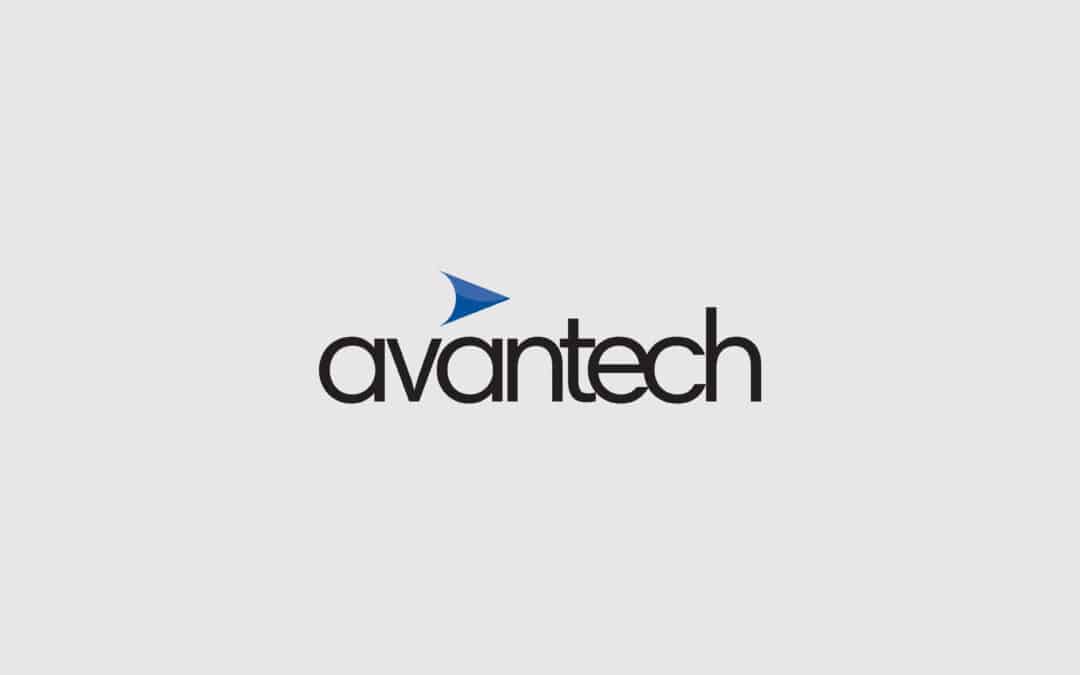At a recent industry event, Jim Braeunig, President & CEO of Hedstrom Plastics, a globally successful rotational molder in Ashland, Ohio, stated, “as an industry, we tend to undervalue ourselves.” I agree with Mr. Brauenig, and in order to equate rotomolding with value, I believe we need to stop uttering the following cringe-worthy statements:
1.) “Rotomolding is cheap.”
As an industry, we tend to lead with this line when competing against other manufacturing processes. Yes, rotomolding can be more cost-effective when assessing conversion opportunities from metal, fiberglass, wood, etc., but product designers and marketers are more impressed with features, benefits and overall value of a rotomolded product as opposed to us touting our ability to produce a cheaper version of their existing products.
And let’s admit it: the never-ending hunt for cheap design, cheap materials, cheap tools, and cheap labor results in (surprise!) products that look cheap, and have very little perceived intrinsic value.
Instead of the “roto-is-cheap/race to the bottom” mindset, let’s challenge ourselves to approach product development and conversion opportunities by leading with “rotomolding is a value-added and cost-effective manufacturing process.”
2.) “We can’t do that.”
There are obvious manufacturing applications that aren’t viable fits for roto; we certainly don’t want to misrepresent our capabilities and lead customers (and ourselves) down the wrong path. At the same time, we shouldn’t succumb to our collective inferiority complex when confronted with challenges such as tight tolerances, high volumes, predictable/consistent outcomes, and developing consumer-focused products. ALL of these challenges have been successfully overcome in our industry, and there’s no reason we should back down from them.
Instead, let’s confidently position roto with a “here’s what we can do that no other manufacturing process can do” mindset, and channel our collective energy and creativity to raise the profile and awareness of our unique and eminently capable industry.
3.) “Well, that’s just roto.”
We recently connected an OEM customer with a rotational molder, and brought the customer to the rotomolding facility to check progress of initial production of a value-added consumer product. This was the first visit to a rotomolding plant the customer had made, and (as it was for all of us) it was an eye-opening experience.
When the customer expressed concerns over sporadic material-fill results in a challenging part geometry, the rotomolder defensively replied, “well, that’s just roto – get used to it!”
While we do need to understand our manufacturing limitations and position our capabilities accordingly, we can’t continue to exacerbate perceptions of rotomolding as a low-tech, “black art” that produces unpredictable results beyond our control.
Today’s materials, machines, tools, process-enhancing equipment and lean manufacturing techniques allow us to control the rotomolding process and drive consistent and high-quality results to our customers. Let’s embrace the confidence and discipline necessary to drive improved perceptions of the viability of rotomolding.
4.) “Roto is best-suited for industrial applications.”
Yes, it’s true that rotomolding is terrific for industrial applications, such as liquid storage tanks, agricultural implements, and materials handling containers. Attributes such as chemical resistance, durability and indestructibility have made roto indispensable in heavy-duty industrial applications.
But for years, companies in the toy, outdoor recreation, kayak, furniture and cooler sectors have understood that rotomolding is terrific for consumer-focused products as well. Aforementioned attributes such as durability and indestructibility are also marketable advantages for consumer products companies who have successfully leveraged the “you only get this with roto” characteristics to build powerhouse, global brands.
As an industry, we’re making great strides in appealing to the consumer with these roto product success stories. Still, there is much work to be done to raise the profile of rotomolding within the design community, who can then help us drive uniquely cool rotomolded products to the consumer.
5.) “Marketing the industry is a waste of time.”
Collectively, we stink at promoting rotomolding to the audience beyond “preaching to choir,” and efforts to reach a broader audience through aggressive marketing are often dismissed by industry experts as a waste of time (I disagree – you can read my thoughts on social media marketing here).
But if you’re the owner of a laptop computer, there’s a very good chance your laptop sports an “Intel Inside®” sticker, indicating your computer is powered by an Intel processor. While Intel doesn’t manufacture the laptop, per se, its processor powers the computer and directly impacts the laptop user’s product experience. When I see that Intel Inside® sticker, I’m confident I have well-built, dependable, fast machine that will perform to my expectations.
Crazy thought, but maybe we could do something similar on every rotomolded product we build: place a “Powered by Roto” image/graphic to assure the end-user that the product will be tough, durable, dependable, indestructible, recyclable (well, most of them, anyway) and value-added. Pretty soon, the world’s consumers will share our opinion of the awesomeness of roto, and will demand more and more of what only WE can deliver.
Once we stop saying these five things, anything’s possible, right?

Tom Innis is the President of Avantech and has been involved in the rotational molding industry for the better part of the past two decades. A graduate of the University of Wisconsin-Madison and La Universidad Ibero-Americana in Mexico City, Tom leverages his knowledge of international business, multi-lingual skills, and sales and marketing experience to help drive Avantech and the global rotomolding industry forward.









